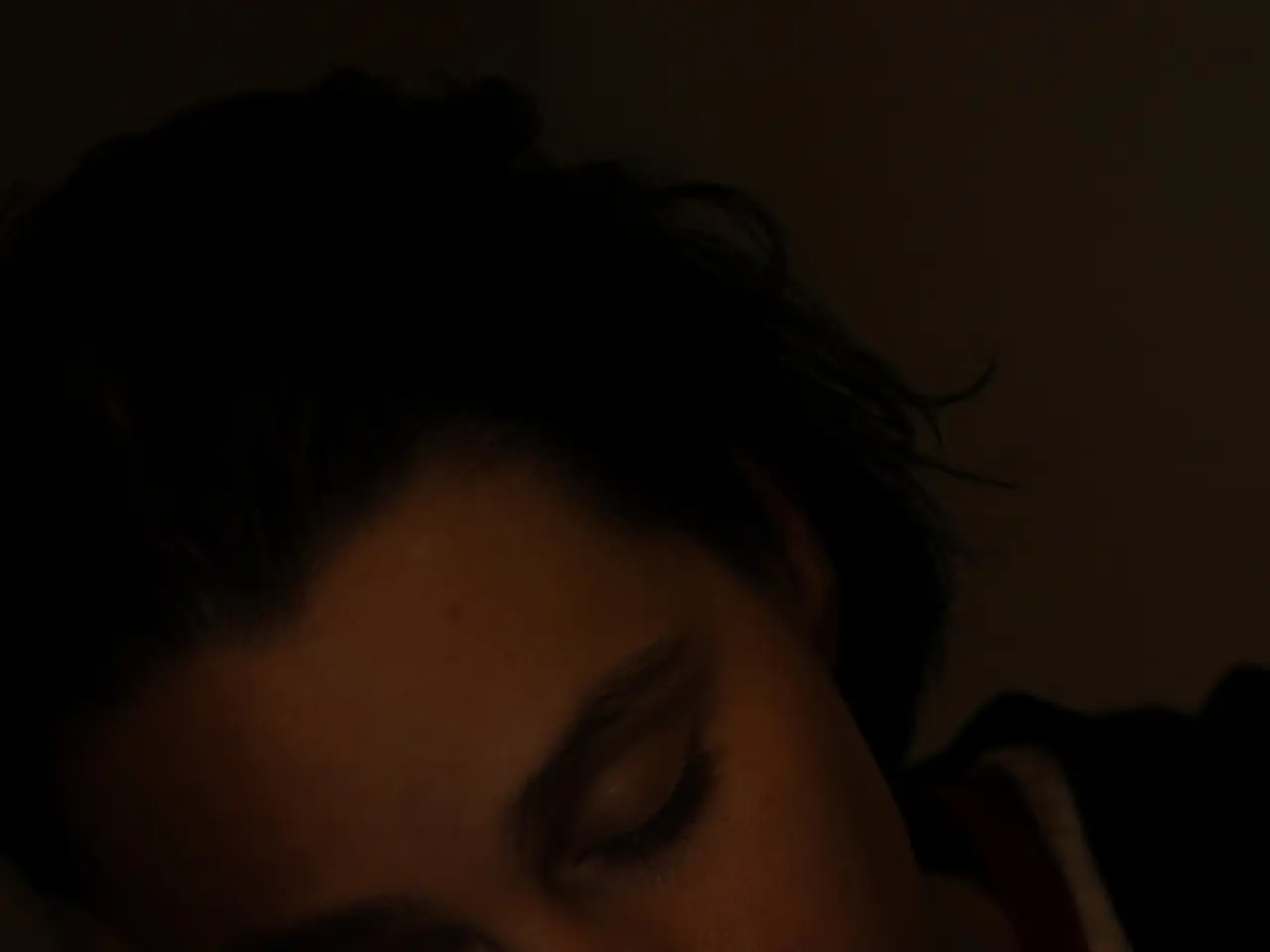Sleep Disorders Explored: Origins, Manifestations, and Remedies
Sleep disorders are a common health issue that can significantly impact one's quality of life. According to the International Classification of Sleep Disorders, Third Edition (ICSD-3), there are six major categories of sleep disorders.
The first category, Insomnia Disorders, encompasses problems with sleep quantity or quality. These disorders can be caused by various factors, such as stress, anxiety, or certain medications.
The second category, Sleep-Related Breathing Disorders, includes conditions like obstructive sleep apnea. These disorders are characterised by abnormal breathing patterns during sleep.
The third category, Central Disorders of Hypersomnolence, includes conditions such as narcolepsy. Narcolepsy is a condition characterised by excessive daytime sleepiness and may include symptoms like cataplexy (sudden loss of muscle tone), sleep paralysis, and hypnagogic hallucinations. Type 1 narcolepsy is linked to low levels of a brain chemical called hypocretin, while type 2 narcolepsy is not associated with cataplexy or low levels of hypocretin.
The fourth category, Circadian Rhythm Sleep-Wake Disorders, involves problems with the body's internal clock. This can lead to difficulties with sleep timing, such as jet lag or shift work sleep disorder.
The fifth category, Parasomnias, includes a variety of unusual behaviours and experiences that occur during sleep. These can range from REM-related parasomnias like REM behavior disorder and nightmare disorder, to non-REM-related parasomnias such as sleepwalking, waking up confused, night terrors, sleep-related unusual sexual behaviors, sleep-related eating disorder, exploding head syndrome, and sleep paralysis. Sleep-related hallucinations and bedwetting also fall under this category.
The sixth and final category, Sleep-Related Movement Disorders, includes conditions like Restless Legs Syndrome (RLS). RLS is a neurological condition that commonly affects females and worsens with age. It causes uncontrollable urges to move the legs due to discomfort. Potential causes of RLS include iron deficiency, pregnancy, obesity, alcohol, nicotine, and caffeine use, the use of certain medications and supplements, and underlying medical conditions.
Treatments for these sleep disorders vary depending on the specific condition. For example, treatments for parasomnias can include maintaining good sleep hygiene, taking safety precautions, taking prescription medications like clonazepam, using over-the-counter supplements such as melatonin, and addressing the underlying cause of the parasomnia. Treatments for RLS can include treating any underlying conditions, losing weight, and taking medications such as gabapentinoids, dopaminergic agents, and opioids.
In conclusion, understanding the various categories of sleep disorders and their associated symptoms and treatments can help individuals seek appropriate medical help and improve their quality of life. If you suspect you may have a sleep disorder, it is important to consult a healthcare professional for a proper diagnosis and treatment plan.
- Narcolepsy, a condition in the Central Disorders of Hypersomnolence category under the ICSD-3, is characterized by excessive daytime sleepiness, potentially accompanied by symptoms like cataplexy, sleep paralysis, and hallucinations.
- One of the sleep-related movement disorders, Restless Legs Syndrome (RLS), is a neurological condition common in females that worsens with age, causing uncontrollable urges to move the legs due to discomfort.
- Maintaining good sleep hygiene and treating any underlying conditions can be part of the treatments for parasomnias, a wide range of unusual sleep-related behaviors and experiences found in the Parasomnias category.
- Addressing mental health, fitness, and nutrition aspects can be beneficial in managing sleep disorders, as various factors like stress, anxiety, medications, and underlying medical conditions can contribute to sleep disorders.
- Science continues to uncover new therapies and treatments for sleep disorders, providing hope for those seeking improvement in their health and wellness through the understanding and management of their sleep-related medical conditions.




